What is sound design and how is it used in film, games, and more?
Sound design is a crucial aspect of films, games, and more. Let’s look at what it is, how it’s used, and how you can get the most out of it.
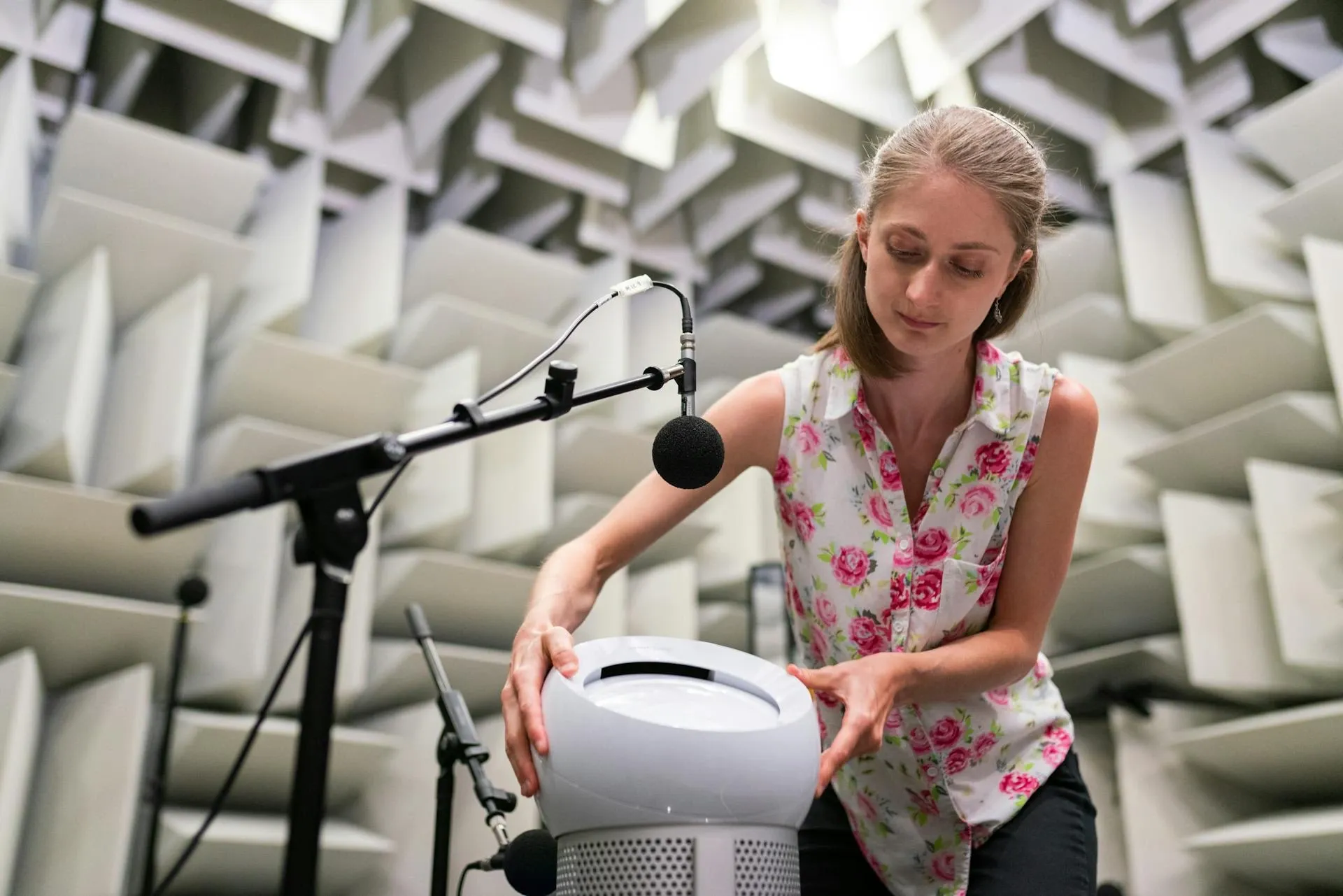
Sound design helps immerse your audience in the content you create. Today, let’s run through the essentials of good sound design. We’ll cover:
- What is sound design?
- What does a sound designer do?
- Is sound design used anywhere else?
- What’s the difference between a sound designer and a sound engineer?
- What are the six elements of sound design?
- Is sound design difficult?
- What are the best examples of sound design?
What is sound design?
Sound design is a broad term. It covers the process in which audio elements are acquired, edited, and integrated within visual media. So, sound design is recording, it’s downloading, it’s editing, it’s mixing, it’s mastering – anything and everything you do to get a sound from the speaker to the screen, you can likely class as sound design.
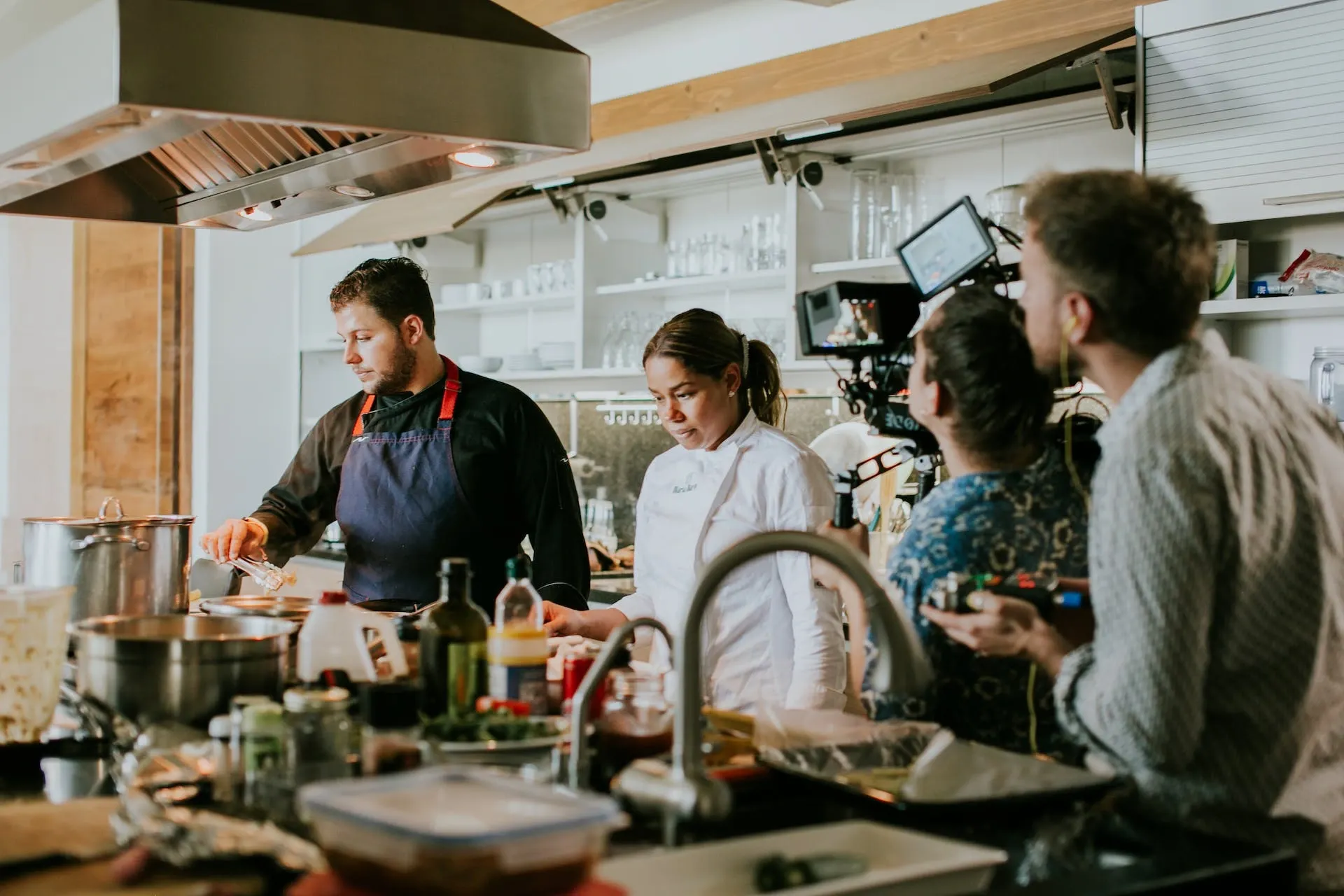
Sound design is used to create a believable soundscape for your content. For example, strong sound design for a TV show about an Oklahoman ranch won’t feature braying donkeys and seaside noises; it’ll go for the sound of hooves pounding against well-trodden land, the wind whistling across floorboards, grizzled ranchers chewing pieces of hay. The music will probably be something acoustic, rather than German drum and bass.
Poor or misjudged sound design can take people out of your content – if it doesn’t sound right, it'll become less believable and authentic. If you nail the sound design, you add an extra element to the ‘world’ you’re sculpting.
What does a sound designer do?
A sound designer’s job covers all bases. Sometimes, they might work with other sound specialists to get the job done; other times, a sound designer will have to roll up their sleeves and do everything themselves.
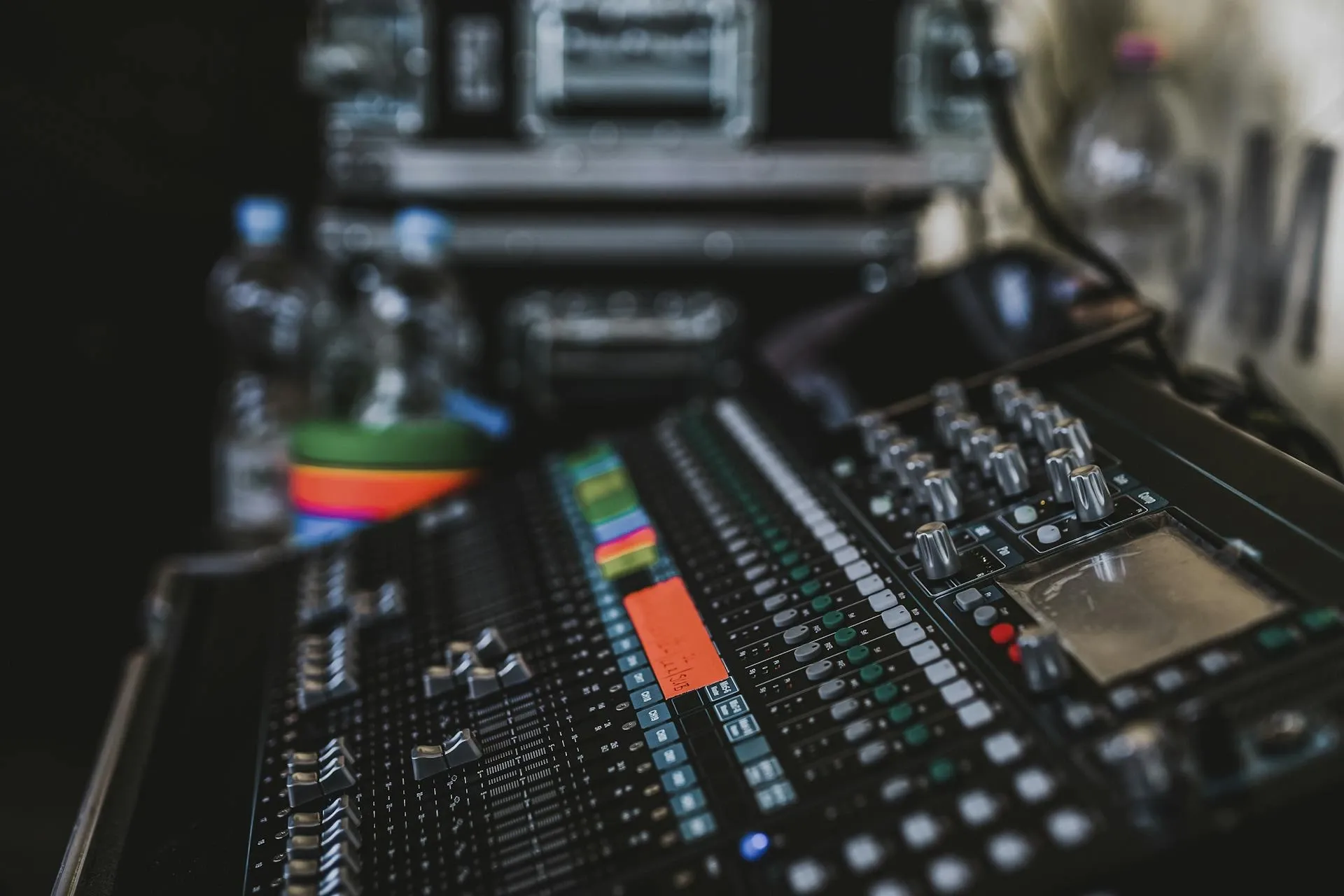
Here’s a list of the tasks a sound designer might have to do:
- Recording, either on location or in a studio
- Mixing, either live or during post-production in a studio
- Other sound editing duties, like clipping, layering, splicing, and generally manipulating audio
- Sampling, by taking a particular sound effect and linking it to a specific action – for example, a button might play a chirping bird to censor curse words in a radio broadcast
- Modifying effects chains, using audio effects like reverb, gain, echo, and more to recreate the sound they hear in their head
- Underscoring with ‘background’ music and extra musical stings here and there – this is different from composing a score or securing the rights to an existing song, which may be carried out by someone other than the sound designer
- Work closely with directors, producers, and other project leaders, to understand more closely the tone they're hoping to achieve with sound design
- Lead a sound design team, which may include audio engineers, foley artists, and more specialized roles
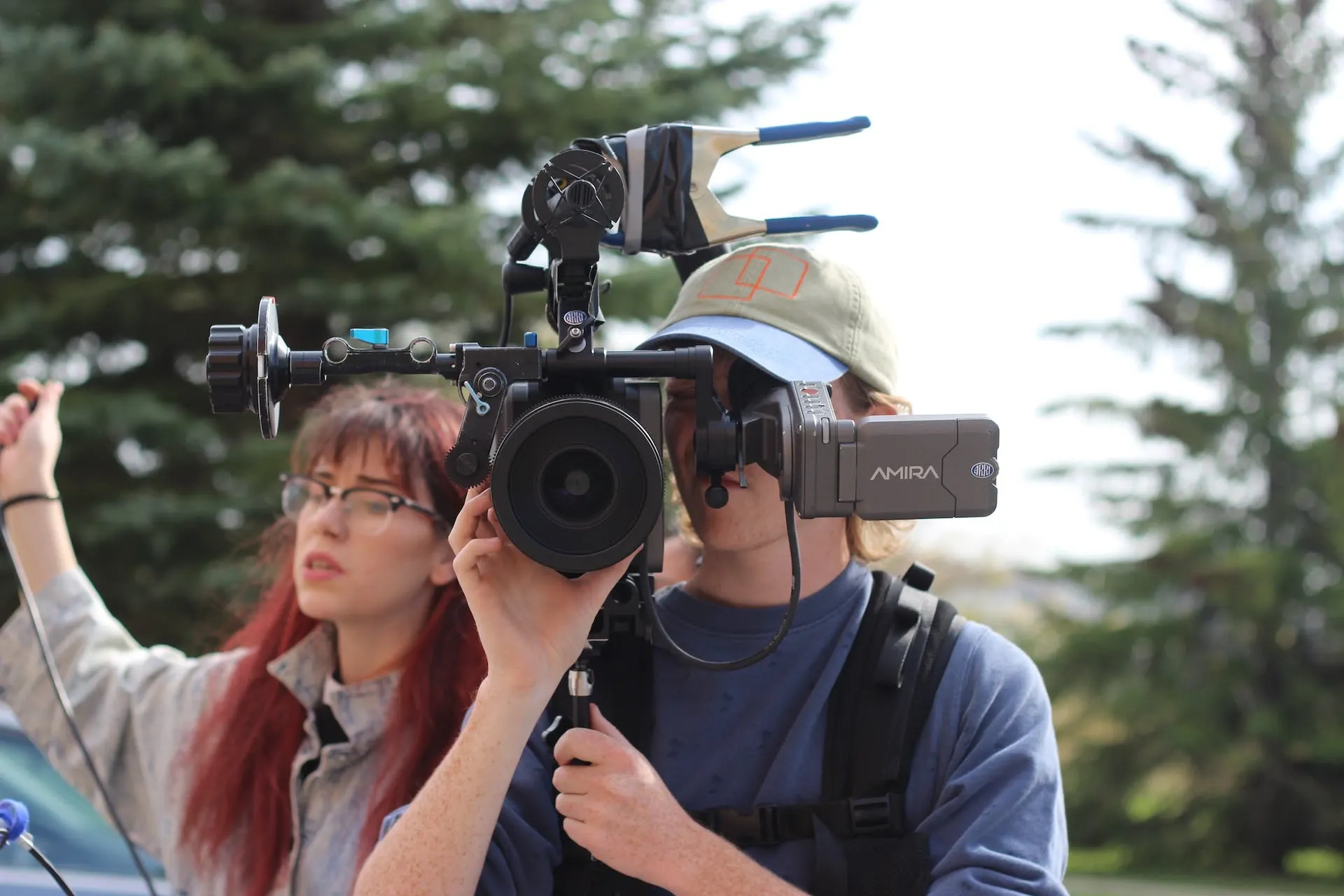
Is sound design used anywhere else?
Sound design is often namechecked in relation to film and TV, but it can be found across all sorts of mediums. It’s used in the theater, advertising, podcasts, and even in music itself – field recordings and non-musical sound effects are often integrated within tracks, especially when you get into sample-heavy genres like hip-hop and progressive rock.
Sound design also plays a significant role in video games. As that industry has grown over the years, gained credibility, and secured a foothold in the streaming market, it’s been afforded more time and money. This means that aspects like sound design are given the detail they deserve – you’ll not hear the same grunt from every non-playable character when you bump into them nowadays.
What’s the difference between a sound designer and a sound engineer?
Sound design and sound engineering are often lumped in together, but there’s a difference. Sound engineering focuses on the recording and mixing of a live sound, which will then be mixed and mastered into a finished product. Sound designers work to a broader brief, which usually does involve mixing.
This leads to a healthy amount of overlap. Sound engineering is a technical job, checking all the levels are correct, the microphones are placed in the right spots, and so on. By that token, a sound engineer can contribute to a production’s sound design. In fact, a sound designer will probably employ a sound engineer, if they’re given the budget for a team.
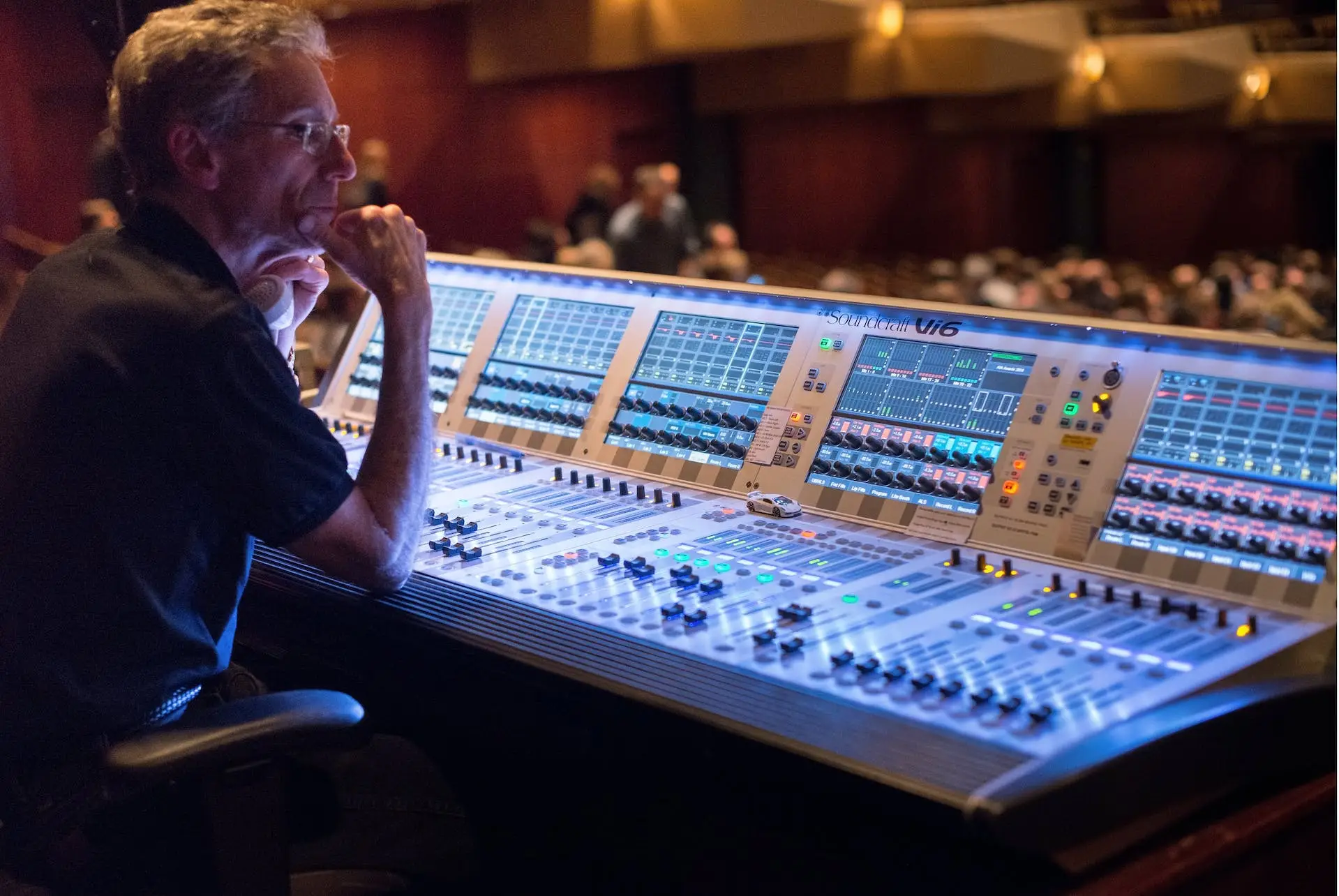
What are the six elements of sound design?
Sound design can be a lot to digest, so let’s break it down into six chewy chunks.
1. Music
All music is part of sound design, but sound design isn’t solely music. You can create music specifically for sound design, employ a composer to write something bespoke for your content, or source something that already exists – as long as you hold the correct license to use it, of course.
Music’s purpose in sound design is to contribute to the overall vibe of the content. If we’re sticking with the ranch theme, you could have some diegetic music playing in the background: an old record skipping on a particular beat as a grizzled antagonist searches a house. Or, if you want to serve a dollop of dramatic irony, you could play a tense, non-diegetic leitmotif as the protagonist wanders through their house, unaware that their nemesis has already been there and stolen all their milk.
Interested in weaving music into your production’s sound design? Epidemic Sound’s got you covered. Dig into our catalog of more than 40,000 tracks below and find the perfect soundtrack today.

2. Voiceover
Voiceovers are pre-recorded, providing context for the action happening on the screen. You could have a weatherbeaten, gravely voiceover to introduce a post-apocalyptic video game; a friendly voiceover to walk viewers through an unboxing video, hyping people up as the product is revealed; or a famous actor used to push our nostalgia buttons, urging us to buy, um, water.
Voiceovers are an important part of sound design – like dialogue, they need to sit between all the other sounds happening on and off the screen. A pro sound designer will balance the voiceover’s importance against other key elements, like music and sound effects.
3. Foley sounds
Foley sounds are noises you’d record to mimic real-life audio. You can use pre-recorded sound effects, of course, but foley sounds can help fill in any gaps – they’re less common today, given the quantity and quality of available sound effects. However, foley sounds are responsible for one of the best Monty Python gags of all time.
4. Sound effects
As we touched on, foley sounds aren’t as common anymore. Sound designers can use pre-recorded sound effects to overdub, emphasize a transition or credit roll, or to signal a change in tone.
5. Ambiance
Ambiance is the sound you’d find in the desired setting. So, if you were developing a video game set in a bunch of cornfields, you’d expect to hear chirping crickets, the rustling of leaves, and so on – it helps wrap an audience in the world you’re creating.
6. Microphones
Whether you’re recording live or using pre-recorded lines from the studio, microphone placement and levels will contribute to your overall sound design. Do your audio justice and learn which microphones will work best for your content.
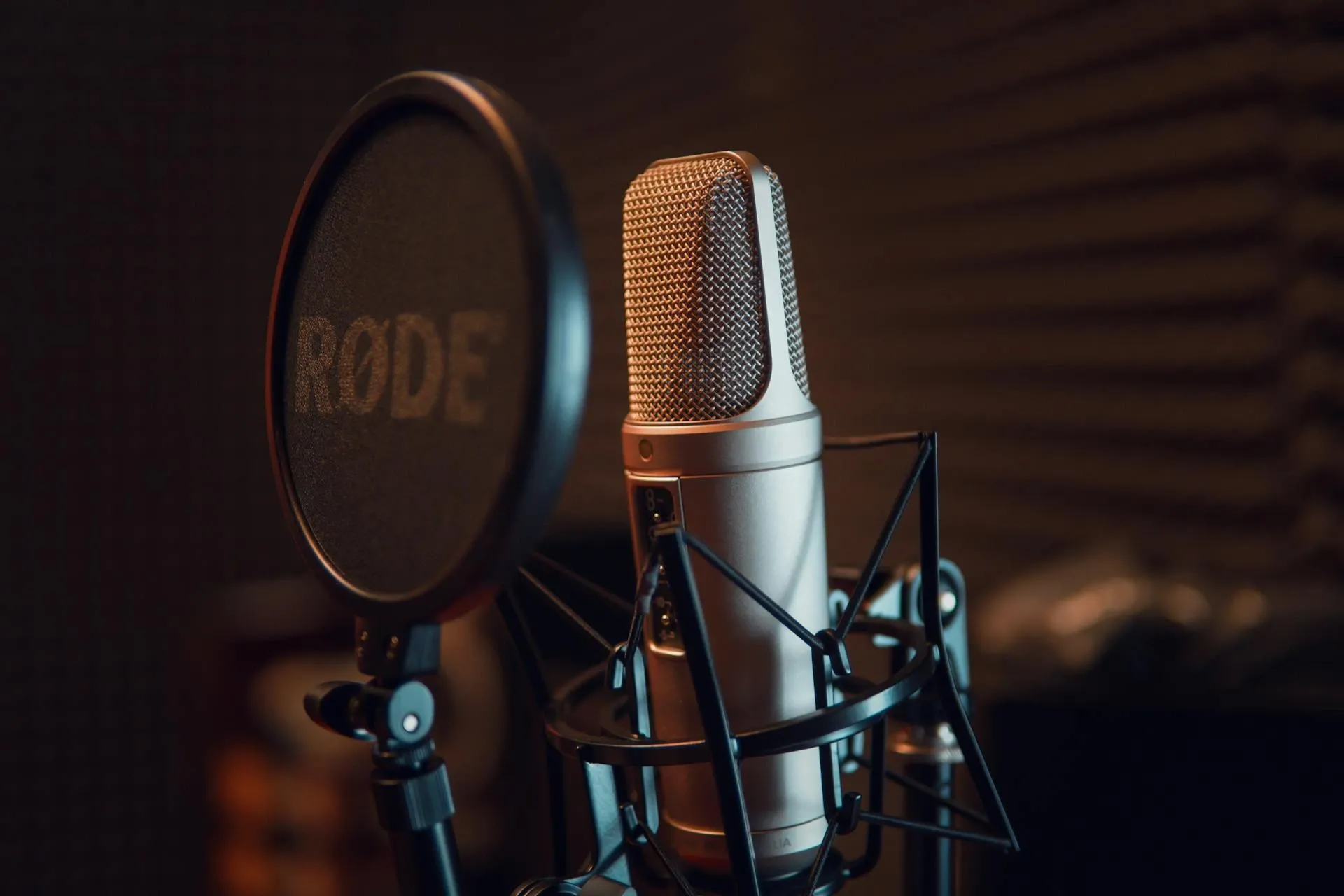
Is sound design difficult?
You’ll know as well as we do how important audio is – after all, the soundtrack can make or break your content. Finding and manipulating a canvas of noises to create a cohesive, effective whole is more difficult than you’d think. That’s why professional film crews will employ sound designers, rather than try and work it out themselves.
That’s not to say you can’t learn sound design on your own, but much like music production, filmmaking, and video editing, there are people out there who dedicate their lives to that one thing.
What are the best examples of sound design?
Now that we’ve learned what sound design is, how much ground it covers, and how best to use it, let’s tie everything together with some stand-out examples. Get your headphones on!
Anything by Peter Strickland
Writer and director Peter Strickland is known for sound. Most of his work revolves around our relationship with noise, and he even co-directed and edited Björk’s Biophilia: Live concert film. The below trailer is for his 2012 feature film, Berberian Sound Studio – it’s literally about a sound designer. It’s… squelchy.
Gravity (2013)
Sandra Bullock and George Clooney are trapped in space, and no amount of Nespresso sponsorship can save them. It’s terrifying, in large part thanks to sound designer Glenn Freemantle, who won an Academy Award for his efforts. He shaped the sound as if the audience were in space, meaning you only hear things when the characters touch them, vibrations running through their bodies. You’ll sometimes hear breathing and heartbeats within the spacesuits, furthering the idea that you’re stuck out there with them. No thanks.
Amadeus (1984)
Another Academy Award-winning movie here, Amadeus would have been a huge disappointment had it not blown people’s ears away. After all, it’s a semi-fictionalized retelling of Mozart’s life – it needed to sound a million bucks. And it does.
Elden Ring (2022)
Elden Ring was a big deal when it came out: it’s an open-world fantasy game with lore written by George R. R. Martin, the author behind Game of Thrones. The sonic worldbuilding is just as strong as the visual side, providing unique sounds for each creature, boss, stroke of the weather – it’s as immersive as you can get.
Now that we’ve gone through the basics of sound design and some of the best examples, it’s time to get your hands dirty and start doing it yourself. Make it easier for yourself with Epidemic Sound – we’ve got tools like Soundmatch, Sync to Video, and Epidemic Audio Reference, giving you the power to find the perfect soundtrack every time.
Our catalog is high-quality, affordable, and safe. An Epidemic Sound subscription goes beyond royalty-free music, removing the headache of licensing and freeing you up to do what you do best. You can enjoy the safety of our license hand-in-hand with our massive catalog of 40,000 tracks, covering just about every genre you can think of. You’ll also gain unlimited access to our advanced search functions — finding the right sound’s never been easier.
It’s better than royalty-free. It’s worry-free. Get started with Epidemic Sound below.

Are you a filmmaker? We've got you covered with background music for videos, including:
Take your video editing to the next level with our massive catalog of music for filmmakers.

